Producers
-
Description:
Made at one of England’s foremost gin distilleries – the Langley distillery which can trace its roots back to 1785 – London hill dry gin is produced using the traditional pot still method. 43% abv a crisp gin London Hill’s bias towards subtle citrus tones comes from ribbons of citrus peel including lemon and sweet orange. This along with the other carefully selected botanicals gives a spicy fruit edge and delivers an exceptionally smooth and refined gin. The botanicals which include juniper berries citrus peels and coriander seeds are first macerated with neutral grain alcohol to extract their individual flavours and characteristics. No artificial flavours oils or essences are used in the making of London hill dry gin. All the ingredients are natural and sourced from the four corners of the world.
The distillery is situated in the historic Crosswells Brewery Site which dates back to the early 1800s and was built over an ancient underground water source. Gin has been distilled at Langley Distillery since 1920, continuous improvements to the site along with our long history and heritage in gin making has resulted in a facility which produces globally award-winning gins of the finest quality.
Our stills at Langley Distillery are some of the oldest working copper gin stills in the UK, some of them dating back to the early 1800s.
MACKAY- Dating back the 1860s this copper pot still is one of our oldest, made by Bennett Shears & Sons. The capacity is 200 litres of concentrate ANGELA- Made in 1903 by John Dore, the capacity of this still is 1,000 litres. CONSTANCE-Made in 1950 by John Dore, the capacity of this still is 3,000 litres. JENNY- Dating back to 1994, Jenny is Langley Distillery’s newest still. Built by McMillians, the capacity of this still is 12,000 litres.
The botanicals are carefully weighed out and added to the still, along with a charge of ethanol and water solution. The still lid is then shut and the steam jacket switched on to allow the gentle warming of the still. This warming process allows the botanicals to begin releasing their oils for distillation; this process of maceration continues over night.
The following morning, once the maceration has completed, we start heating the still again, this time to higher temperatures making the charge boil. The boiling process begins to turn the liquid into vapour which rises to the swan neck and water-cooled condenser, turning the vapour back into liquid. The distillation is separated out into three parts; heads, hearts and tails. It is only the heart section that we use in our gin-making process; this liquid holds the most subtle and refined of the aromas and flavours given off during the distillation. The concentrate produced is between 78%-82% ABV and cannot be used alone to make gin. We blend the concentrate with neutral alcohol, to create high strength gin that is reduced with water to bottling strength.
Image: Region:
Region: -
Description:
Lopez de Heredia - one of the most venerable producers in Spain– produces traditional, age-worthy Rioja. Their wines are legendary and still made the way they were when the winery was founded over 130 years ago. Following a tradition that has been passed down through generations, their wines are released at least 5-10 years after harvest, which provides added complexity and elegance to their Crianzas and Gran Reservas.
A rarity in Rioja, Lopez de Heredia uses only estate bottled fruit from their prized vineyards- Tondonia, Cubillo, Bosconia, and Zaconia- with the idea that the only way to get the best fruit is to care for the vines themselves. The Tondonia vineyard is their most famous; over 100 hectares, it is situated in a shell-shaped depression on the right bank of the river Ebro, where the most typical Rioja wines are grown. The soil is alluvial clay with a high proportion of limestone. Average vine age is 45 years old and organic farming and natural fermentations are implemented, creating wines that exhibit great terroir. Grapes from Viña Tondonia are always used in making their highest quality wines, with truly exceptional vintages becoming Gran Reservas. The first Reserva was bottled by the founder in 1890; a few bottles of this are still kept in the family wine museum.
The winery itself is a remarkable structure. When D. Rafael López de Heredia y Landeta began building the bodega in the late 1800's, little did he realise that his masterpiece would one day be acknowledged as an example to the rest of the industry of the most perfect combination of buildings and vineyards. Like many medieval masterpieces it is still incomplete. The buildings stand below and above ground, and are a veritable "cathedral to wine". Moving through the vaulted underground corridors and staircases, you find yourself travelling back in time, and the founder’s touch can still be sensed in the very stones and fabric of the building.
"I have adored, indeed occasionally worshiped, the wines of Lopez de Heredia for many years, so I am not ashamed to admit that visiting both their vineyard and their winery was a pilgrimage. Founded by Rafael Lopez de Heredia y Landeta in 1877, it has withstood the tide of corporatization and homogeneity, and epitomizes timeless, artisan winemaking in their own individual, almost solipsistic manner. Technology is noticeable by its absence here. For example, to quote her sister Maria-Jose at a tasting that I subsequently attended in London: “Indigenous yeasts have adapted to high temperatures. To control the temperature during fermentation, we open doors and windows” and “malolactic is the invention of modern winemakers.” I had to check whether this was 2012 or 1912. If you were to award points for charisma, then this producer would be in a league of its own. That would count for nothing if their wines were not distinguished, individual, long-lived and above all, delicious. It is commonly known that if you are seeking bags of fruit and lashings of oak, this is not the place to come. My views and these scores might be irrational to someone with a penchant for lush, voluptuous Rioja. Lopez de Heredia is the apotheosis of traditional, classic wines: taut, fresh, bucolic, utterly charming and amazingly long-lived. I spent two or three hours with winemaker Mercedes Lopez de Heredia, who was celebrating her birthday with, appropriately enough, a bottle of Tondonia Gran Reserva from her year of birth. I urge readers to access the video I took of Mercedes explaining the vineyard in her own breathless style. In the meantime, I will crack on with the wines. 'Wines should talk by themselves,' Maria-Jose enthused to her enraptured audience at a tasting in London. 'My father was a vine maker, not a winemaker. Each wine is a reflection of a different land that my great-grandfather bought. Our wines respond to the history of Rioja.' I would add to her comments that since these are mainly aged wines, a bottle of Lopez de Heredia is an individual and each time you meet, you may see a different side to its personality. So treat these reviews as they are: snapshots at a given moment. We commence with their white wines and indeed, I know of several connoisseurs who rate these even better than their reds and I can sympathize with that view. " -Neal Martin, The Wine Advocate, August 2012
www.lopezdeheredia.com
The following is a list of their vineyards, NOT the wines themselves; please inquire for availability.Image: Region:
Region: -
Description:
In 1821 the mayor of Chénas, Jean-Marie Loron, began exporting the wines of Beaujolais and Mâcon around the world. After taking over the business some years later, Jean-Marie’s son married one of the daughters of the Charlet family in 1852. Her family owned the Clos de Billards vineyard in Saint Amour and, following the marriage, the two businesses merged. By the 1900’s the Loron family was one of the most famous négotiants in Beaujolais, with holdings in almost all of the famous crus. Unlike other négotiants, however, the individual domaines continued to produce their wine independently using the traditional methods they always had. Six generations later, this venerable family is still firmly rooted in the region and still producing outstanding Beaujolais. The individual domaines are run by Xavier and Gregory Barbet or their family members, all of whom are direct descendents of the original owners. Each winery is run independently and the wines are bottled at each domaine: Domaine des Billards, Château de Fleurie, X. & N. Barbet, and Château de la Pierre. Loron has many relationships with growers throughout Beaujolais and Mâcon and they have purhcased fruit for many generations from the same families for the Beau! and Loron Macon and Pouilly-Fuisse wines.
The Beaujolais region is finally getting the recognition it deserves and the Loron wines are perfect examples; these are impressive wines with surprising complexity and elegance. They would not be out of place in any collector’s cellar, nor on the table with your next meal. Luckily, good Beaujolais is still one of the great values in French wine. Although delicious when young, the wines are incredibly age-worthy. A recent tasting of wines ranging back into the mid-1970’s showed great intensity and complexity without any sign of fatigue.
There is a personal connection for us too:
"Owner Xavier Barbet is my wife’s first cousin and I have spent many a good time with him and his family. It was he-with four cases of cru Beaujolais as a wedding gift-who got me into wine, and I am very happy and excited to be able to work together." – David Bowler
Image: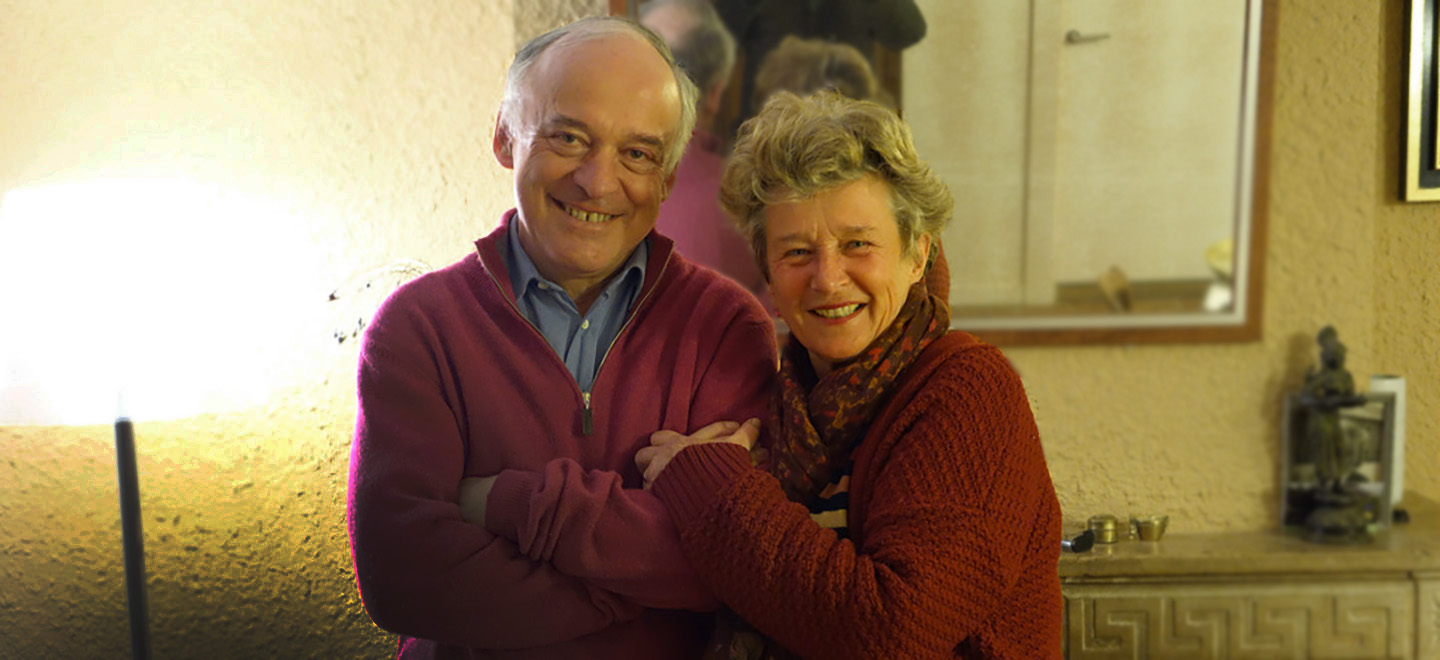 Region:
Region: -
Description:
Owned and run by winemaker Ignacio Valdera, Bermejos is on the easternmost island of Lanzarote. Only 125km from the African coast, conditions here are extreme. A volcanic explosion that lasted from 1730-1736 covered the entire island in lava and ash 3-5 meters deep. Consequently, each vine must be planted in a hole or hoyo that breaks through that infertile volcanic crust of petrified lava to the organic matter that can nourish it. The wind, which acts as a natural fungicide, is so ferocious that each hoyo is surrounded by rock walls for protection. The flora on Lanzarote – including the vines – cannot grow up very high; there are not enough nutrients in the soil to support sprawling greenery. Yields are miniscule (16 hL/ha) and each berry is concentrated with flavor. All vineyard work is done meticulously by hand. Some of the wines are certified organic, depending on the vintage. Ignacio supplements his crop with purchased fruit from growers who share his vision of sustainable viticulture; with such low yields the winery would have to own most of the land on the island in order to produce financially sustainable quantities of wine from exclusively proprietary grapes.
Image: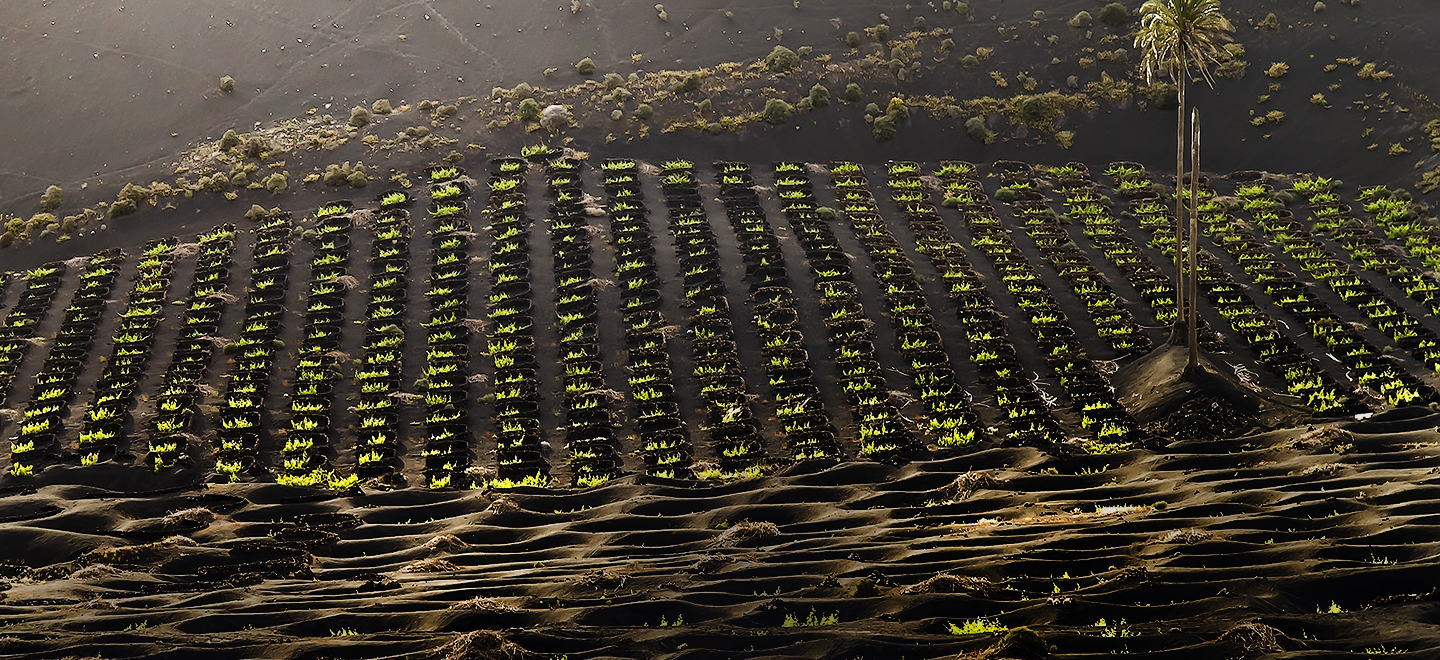 Region:
Region: -
Description:
For more information on Ludovic Chanson, please visit Selection Massale.
Available in California.
Image: Region:
Region: -
Description:
Domaine Luneau-Papin was founded in the 1990’s, uniting two wine-making families through the marriage of Pierre Luneau and Monique Papin. The Luneau family has been growing melon B (or melon de Bourgogne) in Le Landreau for over two centuries, and Monique’s parents ran their family estate in the town of Chapelle-Heulin. Pierre and Monique shared a passion for the region’s historic grape, melon B, and a commitment to elevating its esteem within the wine world.
They were pioneers in developing site specific Muscadet in the 1970’s - bottling three single-vineyard wines, L d’Or from vines planted on granite, Les Pierres Blanches from vines on gneiss and the Clos des Allées from vines on schist and mica schist, all with the goal of emphasizing that there is not just one style of Muscadet. In 2005, Pierre and Monique’s son, Pierre-Marie began working at the domaine and in 2008, Pierre-Marie’s wife, Marie, joined the team. Pierre and Monique retired in 2018, but the next generation remains dedicated to preserving and perpetuating the centuries-old traditions of these two families of vignerons in Muscadet Sèvre et Maine.
While the domaine has long abstained from using herbicides in the vineyards, a conversion to organics and biodynamics began under Pierre-Marie. Systemic treatments were eliminated in their vines in 2011. The conversion to organic agriculture began in 2013 and biodynamic conversion started in 2014. Luneau-Papin gained organic certification from Ecocert in 2018 and biodynamic certification from Demeter and Biodyvin in 2019. The two generations working together over ten years to make the full conversion to biodynamic agriculture was indispensable to be sure they were making the best decisions for the vines, the cellar, the team and for themselves.Image: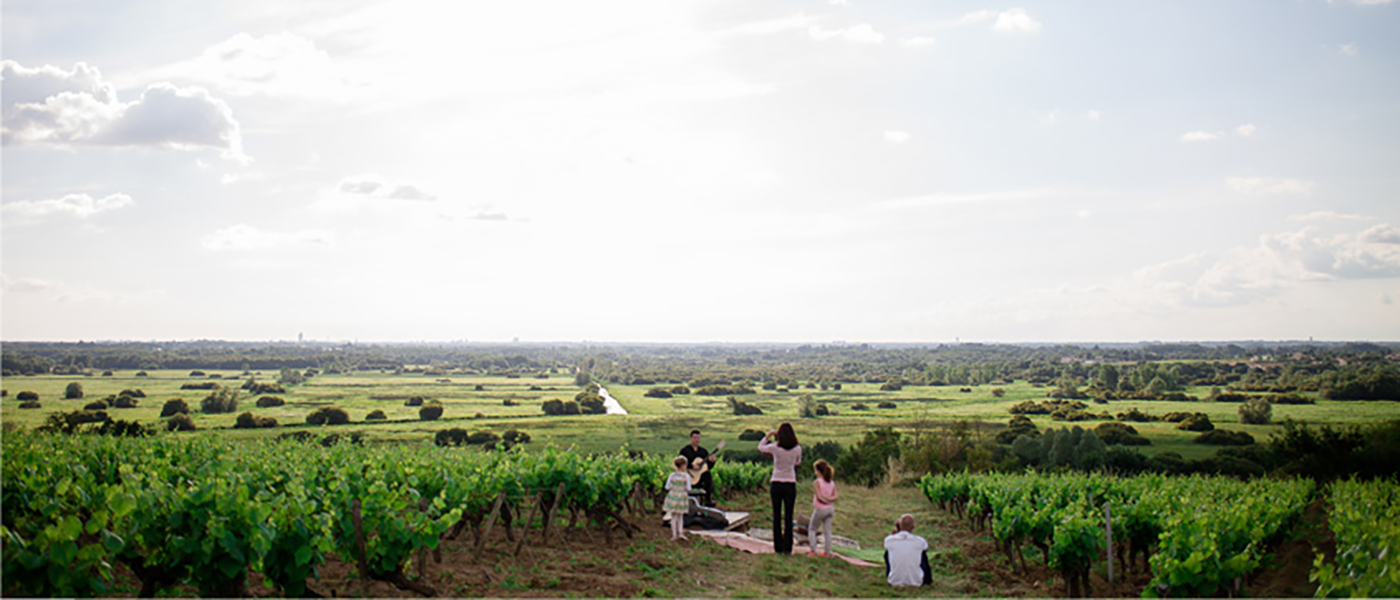 Region:
Region: -
Description:
Maestà della Formica (the “Majesty of the Ant,” named after a nearby mountain pass), is a young biodynamic farm in the village of Careggine, in the wild, mountainous northwest of Tuscany. Straddled between the Garfagnana and the Apuan Alps, an hour and a half north of Lucca, we are well off the beaten path of Tuscany’s more famous touristic centers and lauded wine regions. Not far are the Massa-Carrara quarries, where Michelangelo sourced his marble for the David. Wine-wise, there is no DOC or DOCG to be found here, and grapes are all mixed together in tiny parcels: Sangiovese, Ciliegiolo, Syrah, Gamay, Bonarda, Canaiolo, red Muscat of Hamburg, Abrusco, Canavese, Pollera, Trebbiano, Malvasia, Vermentino, even Riesling. Even Blaufränkisch. Legend has it that this hodgepodge of vine material came from pilgrims on the Via Francigena, walking from Canterbury to Rome. Or from Italian wet nurses returning from their work abroad. I’m afraid we’re not in Kansas anymore…
At the helm, attempting to gently guide the inherent biodiversity of Maestà della Formica, is Andrea Elmi. His 3.2 hectares of vineyards range from 50 to 150 years old, between 700m and 1050m, spread between five different villages. He also runs the Rifugio Alpi Apuane, a seasonal farmstay/mountain refuge restaurant. This allows Andrea to explore his other passion, la cucina, with the bounty from a hectare of fruit orchards of heirloom Garfagnana cultivars, as well as many foraged Alpine ingredients. Some examples of his creations: elderflower berry “capers,” hay syrup, pickled fir buds, peach and helichrysum compote. They’ve even developed a product line in conjunction with the Parco Alpi Apuane, a UNESCO Global Geopark. Eat your heart out, Noma.
We are pleased to welcome the Ant, in all its Majesty, to Bowler!
To learn more:
www.maestadellaformica.com
@maestadellaformica
www.parks.it/parco.alpi.apuane/Image: Region:
Region: -
Description:Image:
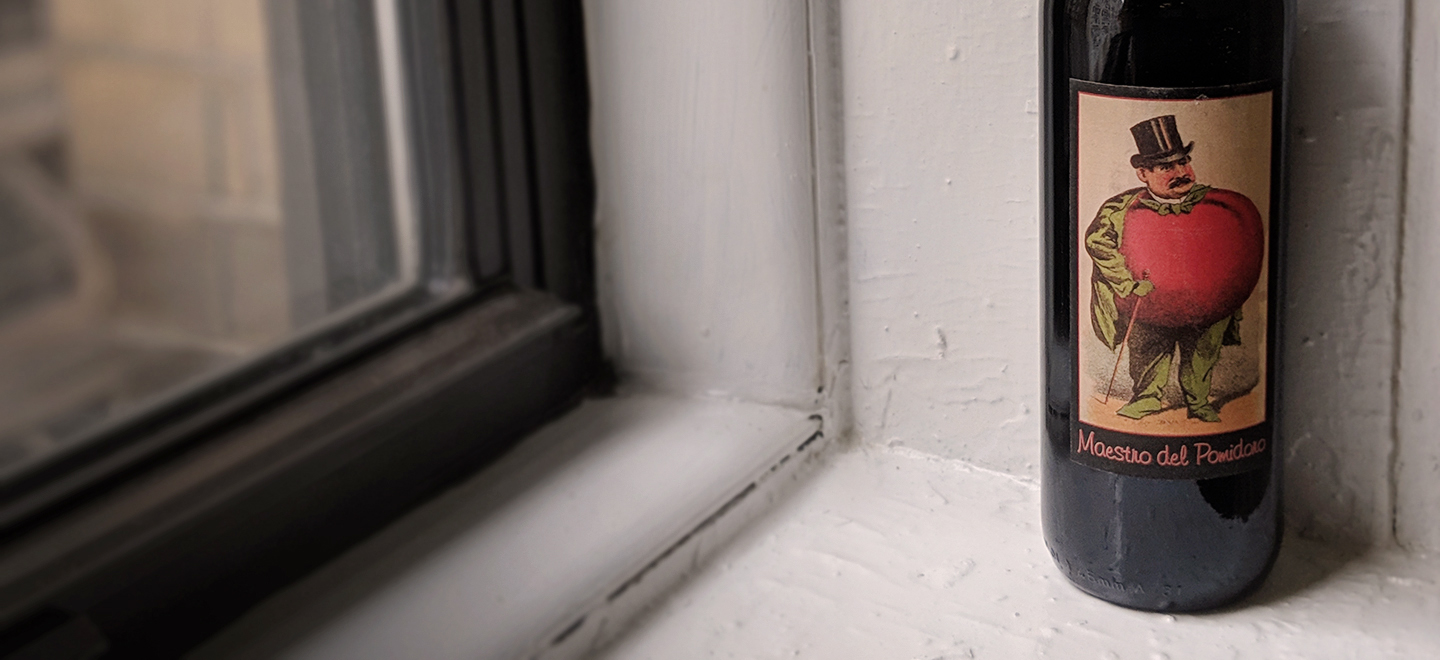 Region:
Region: -
Description:
Founder and master distiller, Tim Russell, had a passion for brewing beer and considered opening a brewery. He studied the business of brewing and the logistics of distribution in anticipation of working for himself. By 2011, Pennsylvania legalized craft distilling with the passage of PA HB 242. This new law allowed distillers to sell alcohol directly to customers, offer tours and samples, and sell at satellite locations. At the time, the only spirits produced in Pennsylvania were whiskey and vodka. Tim saw an opportunity to do something different, and he decided to go for it, opening the first distillery on Smallman Street in Pittsburgh’s historic Strip District. By 2013, Maggie’s Farm produced Pennsylvania’s first commercially available craft rum since Prohibition. The original set-up used a 75-gallon pot still and a 300-gallon dairy tank for fermentation.
Maggie’s grew into a 250-gallon pot still with 5,000 gallons of fermentation capacity by 2016. These stills, now in retirement, are still proudly on display at both the original distillery’s cocktail bar and rickhouse and at the new distillery in Pittsburgh’s South Hills neighborhood of Upper St. Clair. Tim’s unique approach to producing rum began to draw recognition almost immediately. Their rums are fermented and distilled from a base of raw turbinado sugar, giving them excellent balance and just enough richness. Now, It’s fair to say that Maggie’s Farm is the most awarded brand of rum made in the continental United States, with over 100 awards and commendations. That goes for Maggie’s Falernum liqueur as well, which was named best in category by the American Distilling institute, Liqueur of the year at the 2023 NOLA Spirits Competition, and awarded 95 points at the 2025 NY International Spirits Competition.
Image: Region:
Region: -
Description:
Charles Magnien’s family has been in Gevrey Chambertin since 1656, making Charles the twelfth generation at the helm. They have seven hectares of vines in some key vineyards: the grand cru Ruchottes, and premiers crus Lavaut Saint Jacques, Cazetiers and Champeaux. Charles also recently added a hectare further south in the grand cru of Corton and a premier cru in Aloxe-Corton in the Côte de Beaune.
The Magnien holdings in the famous Gevrey vineyards garner most of the attention and understandably so--but equally significant for them is their very old and special Pinot Noir vines. In 1850, the family discovered a unique Pinot Noir mutation in their vineyards. It even came to be named “Pinot Magnien” after the family. Pinot Magnien fruit from vines over 100 years old is part of not only their Gevrey-Chambertin Vieilles Vignes cuvée but also their premier cru Cazetiers. Whenever a vine needs to be replaced anywhere on the estate, it’s done with a massale selection from their Pinot Magnien. Fruit from vines adapted so closely to their specific terroir and climate over generations can yield the most compelling of wines.
Charles is an innovator. He took over from his father in 2009 and immediately began investing his energy and efforts in the vineyards. He follows organic farming practices (though will use a non-organic treatment when necessary). He bought two new tractors and started working with a higher canopy. He is experimenting with different techniques to combat frost. One is a giant fan blowing hot air over the vineyard; another is a coil running along the trellis wires to warm attached canes when the temperature drops too low. In 2018, Charles built a new cellar, giving him more space to work and allowing him to age the wines longer.
In the cellar, Charles does cold macerations for seven to ten days, then spontaneous fermentations in stainless steel tanks. Some vintages are destemmed completely, while others will include up to 40% of stems if they have ripened correctly (the exception being the “4 Carac’terres” that is made exclusively with whole clusters). As for barrels, Charles cares more about the origin of the oak than about barrel age. He does not want to make oaky wines but does care about oak’s ability to introduce some oxygen into them. The barrels in rotation in the cellar are generally new to two years old.
Charles is the first in the Magnien family to bottle their whole range, rather than selling off fruit or wine. Jasper Morris MW states in his book Inside Burgundy that Charles “makes a very good range of wines, with an exceptional Cazetiers.” William Kelley of the Wine Advocate writes “Charles Magnien continues his rapid ascent through the Burgundian firmament.” With well over ten vintages under his belt, he has led the Henri Magnien wines to be recognized as some of the best in Gevrey-Chambertin.
Image: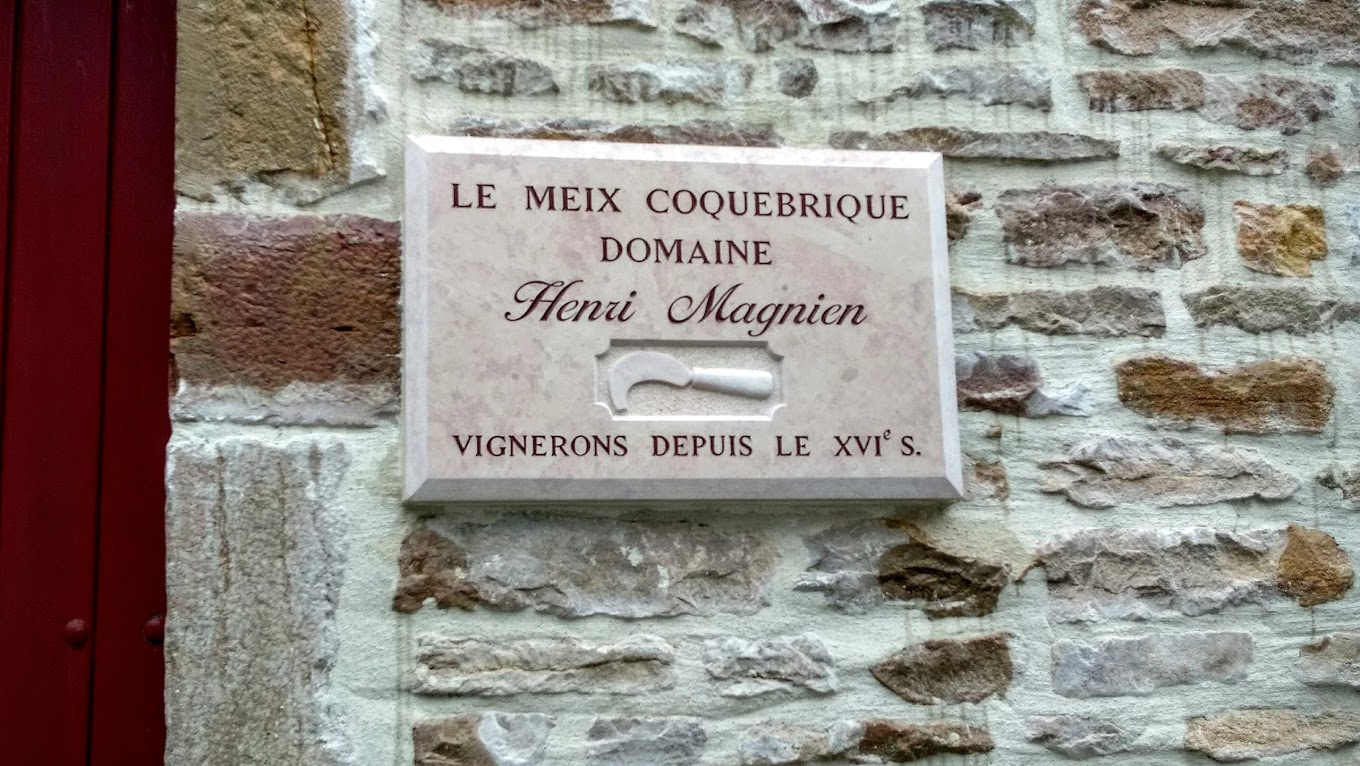 Region:
Region:
